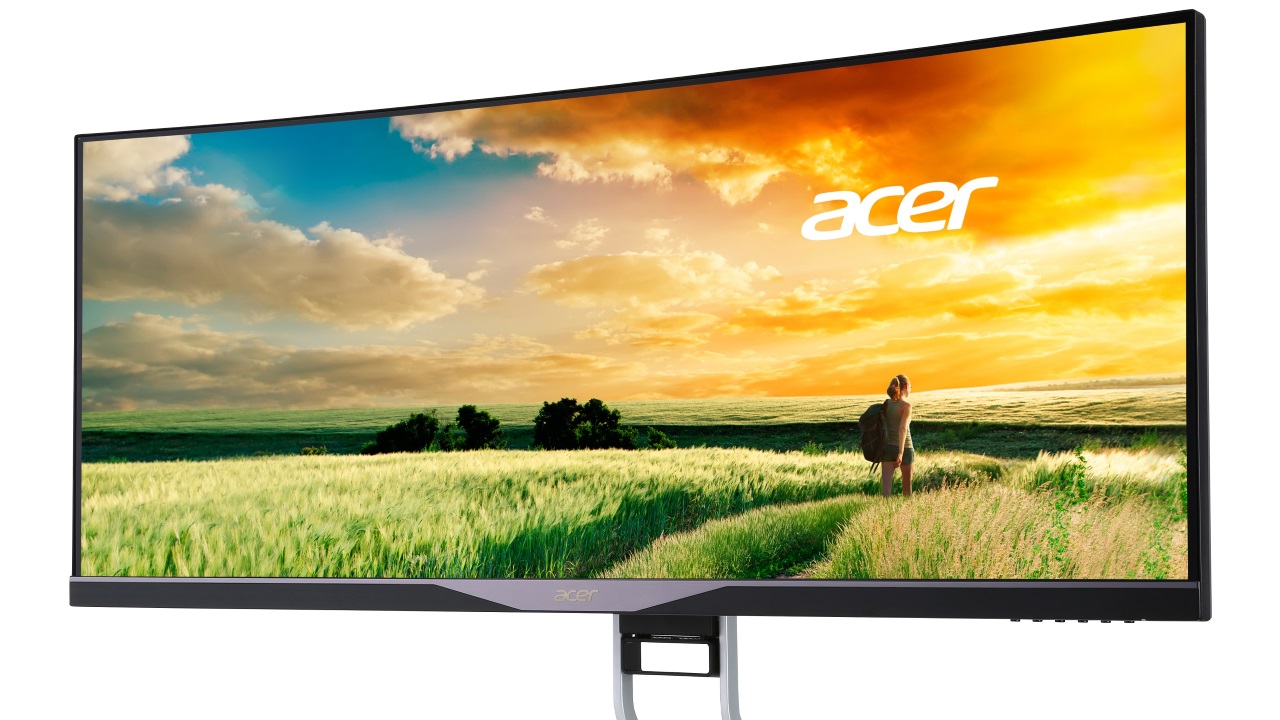AMD announces FreeSync support over HDMI

Score one for AMD's take on variable refresh technology: its FreeSync standard, currently only available via DisplayPort, will begin supporting HDMI in early 2016. That gives AMD a leg up over Nvidia's proprietary G-Sync tech, which is still DisplayPort-exclusive (although there are now G-Sync monitors with HDMI ports, the variable refresh rate mode only works with DisplayPort).
AMD says that "FreeSync through HDMI will be supported on all AMD APUs and GPUs that already support FreeSync via DisplayPort, and AMD is working with ecosystem partners including LG, Samsung and Acer to deliver FreeSync over HDMI-compatible displays." That means existing FreeSync monitors won't magically start supporting variable refresh over HDMI, so you'll have to wait a few months to get a new monitor if you're looking for FreeSync support over HDMI. Another new release: the Lenovo Y700 is the first gaming laptop to incorporate a FreeSync display.
AMD also announced high dynamic range (HDR) compatibility today. HDR panels have a brightness between 600-1,200cd/m2, with the industry aiming at 2,000. They also have contrast ratios that are supposed to mirror human sensitivity, and they have athe Rec.2020 color gamut that produces over 1 billion colors at 10 bits per color. Basically, better brightness, better contrast, and more colors that will provide a better looking image.
Consumer monitors supporting HDR are expected to be available in the second half of 2016. Existing Radeon R9 300 Series GPUs will be compatible with these displays in 2016 for gaming, while the company's 2016 GPUs will support both gaming and movies.
The biggest gaming news, reviews and hardware deals
Keep up to date with the most important stories and the best deals, as picked by the PC Gamer team.

Nvidia's upgrading GeForce Now's $10 tier with 1440p and Ultrawide resolutions, but the only extra Ultimate users get is a new 100-hour play limit

Intel CEO sees 'less need for discrete graphics' and now we're really worried about its upcoming Battlemage gaming GPU and the rest of Intel's graphics roadmap
Most Popular







